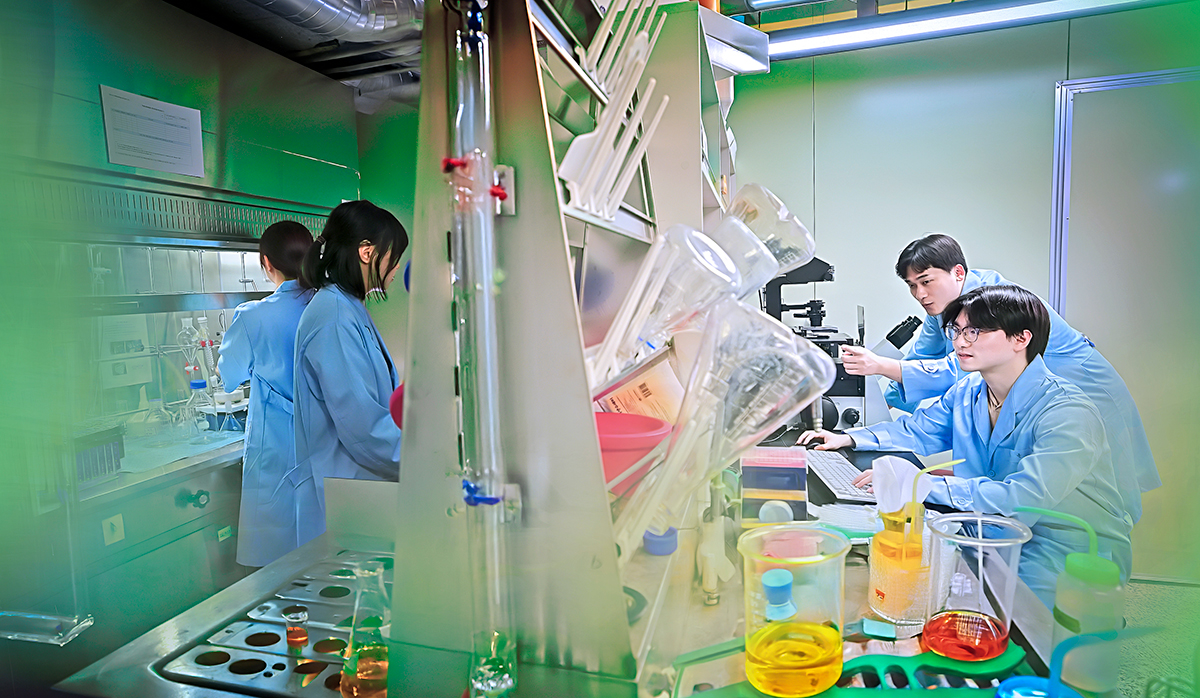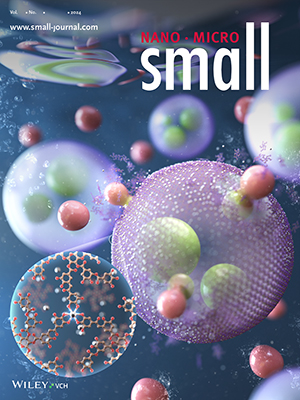header
News
Artificial Cells That Work Without the Need for Biological Membranes
- WRITER 학무부총장실

Professor Kyungtae Kang of the Department of Applied Chemistry has developed protective layers using metal–phenolic networks
Professor Kyungtae Kang and his research team at the Department of Applied Chemistry have developed artificial cell structures capable of maintaining structural stability and regulating reactivity without relying on biological membranes. The findings were published online on May 12, 2025, in the international journal Small (IF=12.1) under the title, “Active Armoring of Protocell Condensates with Metal–Phenolic Networks,” and the study was highlighted on the journal’s Inside Back Cover in recognition of its significance.
Cells, the basic units of life, are enclosed by membranes that separate their interior from the external environment, shielding them from harmful stimuli while allowing the selective passage of necessary substances. The complexity of their architecture makes it challenging to replicate biological membranes artificially. Instead of imitating such membranes directly, Professor Kang’s team created a new type of protective layer that can perform similar functions.
The researchers formed a metal–phenolic network (MPN) on the surface of liquid condensates by combining tannic acid with iron ions. This MPN layer enhances structural stability and resistance to external stimuli, offering a novel approach to mimicking key membrane functions. “The MPN layer, rather than a conventional biological membrane, enables the realization of membrane-like functions and sets our work apart from other studies,” said Student Joo Hyung Lee, a fourth-semester master’s student at the Department of Applied Chemistry.
Beyond protecting the cell structure, the MPN layer also possesses an active defense function, oxidizing and removing harmful external substances. “By using a reducing agent, we can form and remove the layer on demand, achieving a level of functional integration rarely seen in existing artificial condensate systems,” noted Student Seong Yun Park, a third-semester student in the Department of Applied Chemistry’s integrated master’s and PhD program.
The MPN coating effectively prevents condensates from clumping together and demonstrates selective permeability to certain small molecules. “We were able to reproduce membrane-like functions using a simple combination of materials. The selective permeability function could be applied to deliver targeted drugs directly into cells,” Student Lee added, pointing out its potential for future applications.

